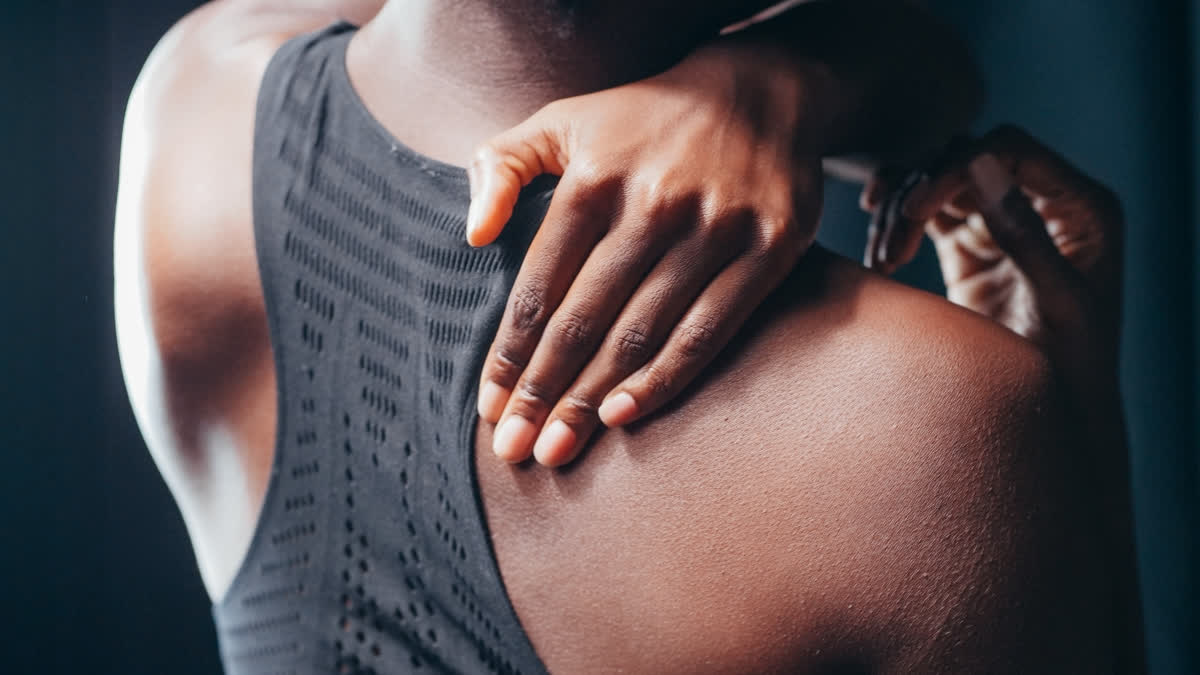Hyderabad: We've heard incidences of a person's shoulder being dislocated due to a fall while playing, a blow to the shoulder, or any physical activity. Dislocation or displacement of the shoulder does not mean that it has separated from the bone or the shoulder is broken. It indicates that the bone above the shoulder or arm is dislocated from its shoulder socket, or has moved out of its place.
Dr Sanjay Rathi, an Orthopedic Consultant from Jaipur, explains that the shoulder is one such joint of our body that can move the most and in every possible direction, as compared to other joints. A cup-shaped shoulder socket above our arm connects the arm bone to the shoulder. The shoulder is considered an unstable joint and the upper arm bone is more likely to dislocate from its place in the shoulder socket after a blow to the shoulder due to any reason such as an accident, a sports injury, or multiple falls.
He explains that in severe conditions of shoulder dislocation, many times along with the bone moving from its place, there is also a possibility of breakage or damage to the muscles, ligatures, and tendons of that place. Since our shoulders can move in almost all directions, depending on the direction in which the shoulder gets hit, it can get completely or partially dislocated forward, backward, or downwards.
Also read:Drinking cold or ice-cold water causes several health issues during Summer
Dr Sanjay explains that in most cases, the shoulder gets dislocated towards the front, and if this happens once, there is a possibility of it happening again in the future, more than twice. Because dislocation in the shoulder once causes instability and weakness in it, therefore people with this issue need to be more careful about it. Dr Sanjay explains that people suffering from a dislocated shoulder can perform all the tasks in a normal way after getting proper treatment or therapy. He says that the symptoms of severe shoulder dislocations are usually seen in a person when:
- Persistent and sometimes severe pain in the shoulder occurs.
- Difficulty in rotating arm in any direction.
- Cramp-like sensations in shoulder muscles.
- Excessive sweating with severe pain and nausea or vomiting-like feeling.
- Change in shoulder shape.
- Fainting.
